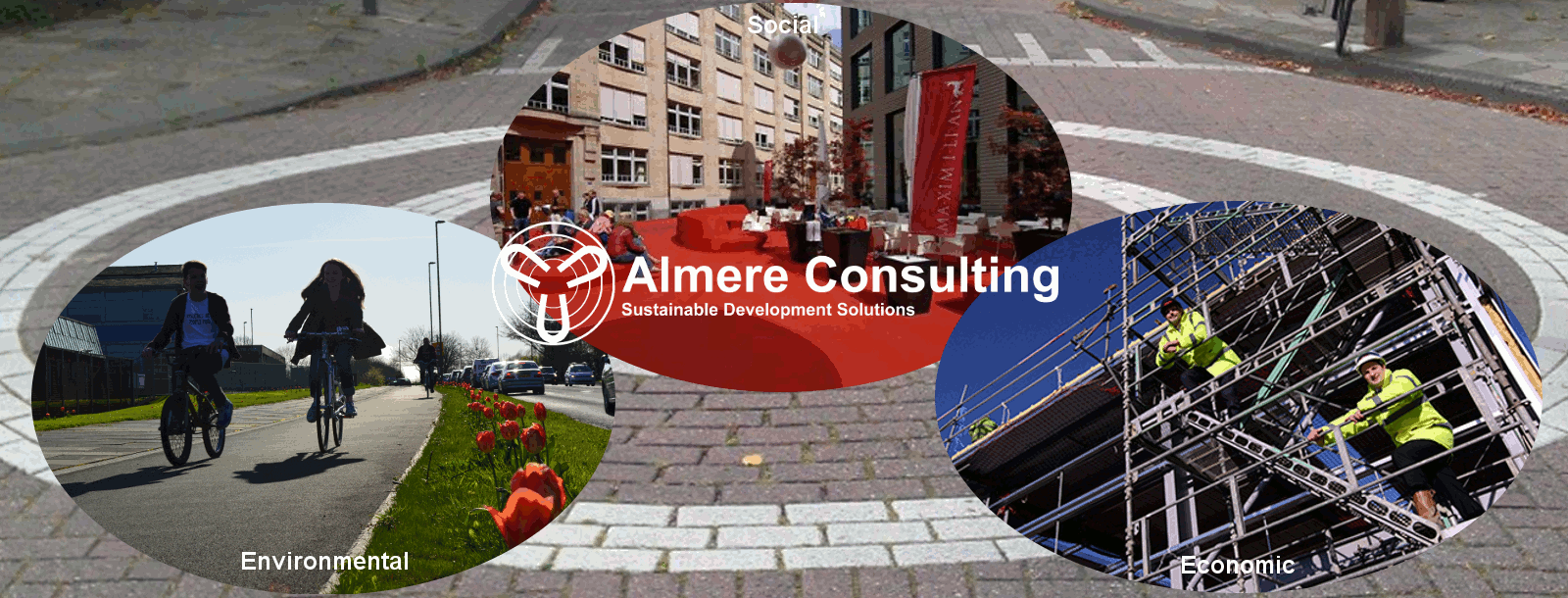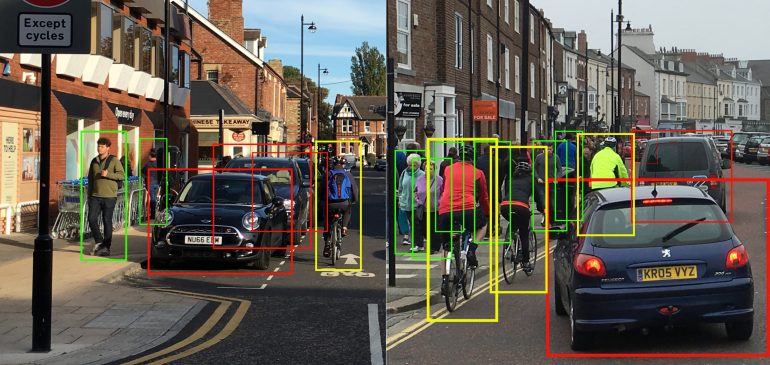
Walking Catchments
Walkable catchments crop up again and again in both transport and real estate markets.
A healthy UK High Street has over 50% of it’s trade arrive on foot, so understanding just how many potential customers there are (density) and how far they are prepared to stroll is key to understanding viability and value.
In Transport considerable reseach has been undertaken on walking distances to public transport and to work. Trip distances vary markedly by the type of trip but also by the type of service available at the destination. For example people walk further to fast rail than they do to light rail or to bus stops.
Consensus sits at around:
- 300m / 0.2 miles to bus stops
- 400m / 0.25 miles to Light Rail
- 800m / 0.5 miles to fast rail
- 1600m / 1 mile for direct walking trips to work
Overall travel time budgets also come in to play. Globally people allocate around an hour to an hour and a half of their waking day to travelling. It follows that people who have already used over an hour of their day to commute will be very time sensitive in other trips they might make latter in the day.
Travel time budgets are used differently by different demographics, a retired person might happily walk half a mile to their local town centre for a morning shopping and socialising. A stressed parent who has already commuted to work and back is unlikely to walk even half of that to buy a pint of milk in the evening.
There is plenty of evidence that quality of public space impacts on walkability. People will stretch their travel time budget to walk through parkland or along a tree lined street, but only by so much.
In reality people travel in “Trip Chains”, linking together stops for work, shopping, education and socialising. This leads to marketly high rates of walking in areas which are dense and mixed use, as this is where viable trips chains are at their highest. Car dependent communities are created when the only viable trip chains are motorised ones.
Populations that travel by bicycle will generally make trips 2 to 3 times the distance walked. This reduces the need for density but the requirement for a mix of uses, albeit further appart remains.
If you look at documents produced by public or private sector, a “Walking and Cycling Strategy”, “Retail Assessment” or “Development Masterplan” you’ll often see hugely optimistic claims made for catchments. The reality is less rosy, claims for anything over 400 metres for walkability should be treated with scepticism. Amsterdam’s Urban Cycling Institute concluded that an area without a small supermarket every 800 metres is unlikely to support high rates of cycling.
In Tyne & Wear we see commuting rates of 15-20% by Light Rail close to Metro Stations, but at 800 metres out this has dropped to 5-10% or worse.
The High Street is a complex place and increasingly a social experience. Gravity models developed by the supermarket operators for large stores have been adapted with varying success as they’ve expanded into the convenience market. For neighbourhood stores, the use of drivetime analysis becomes less useful given the lower level of car borne trade and the reduced propensity to undertake a single purpose journey (trip chaining again).
When the Competition Commission took submissions 2005 it looked at five minutes travel time for mid sized urban stores. A five minute walk is 400 metres, so again we find ourselves thinking about quite small distances when considering walkability and High Street convenience retail.
Walk Score is a walkability index based on the distance to amenities such as grocery stores, schools, parks, libraries, restaurants, and coffee shops. It’s algorithm awards maximum points to amenities within 5 minutes’ walk (.25 miles / 400 metres).
With millenials reportedly prizing walkability when making decisions to buy or rent property the traditional concept of a Walking neighbourhoods (with a range of facilities clustered over 800 metres) is making a come back. But when making planning decisions its important to keep in mind that this is a diameter not a radii. Treat “common sense” with caution, but when was the last time you walked or cycled more than a few minutes to buy a loaf of bread?
Government can talk about “Healthy Streets” until it’s blue in the face but designing out walking through poor spacial planning is still happening every day.



